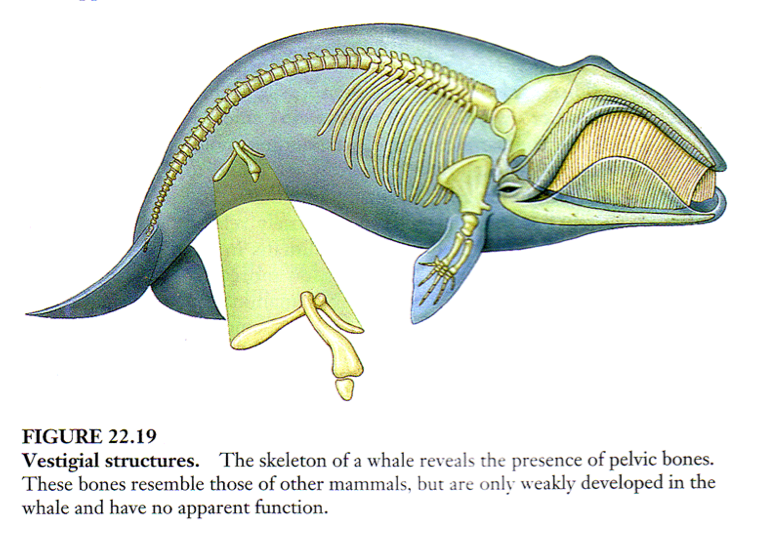 |
| The results of our experiment. |
In our experiment there where no dyes that had visibility have different lengths than the reference dye. This might be because there was only 2 blue dye bands that where observed because the rest ran off. Our dyes ran off because we had to go to an hour long assembly while the electrophoresis was only supposed to run for only 15 minutes.
 |
| Electrophoresis system before running current. |
The dyes that where observed where blue colored and since they where the only ones on the gel after the current being applied for about an hour they where very slow. These blue dyes would likely be either Carminic acid or Betanin since they have long molecules.
Manufacturers put food coloring in dog food because the colorful treats look better to the owners who buy them. Also since there are likely less restrictions about food coloring in dog food manufacturers would be allowed to use cheaper but more unhealthy food coloring.
The distance the colored dye solutions migrate could be determined by the length of the dye molecule, the amount of time it is running, and the voltage of the electrolysis machine.
 |
| Centrifuge used to concentrate dye solution. |
The force that moves the dyed through the electrolysis machine is the electricity. When the molecules in the dye get charged they are pulled through the pores in the gel by an electrical attraction to the other side.
The electrophoresis system separates molecules by size because the smaller molecules move much faster through the gel than the larger molecules. So in the end the bands that traveled farther are the smaller molecules and the ones that traveled less are the larger molecules.
 |
| Candy the dye came from. |
If DNA molecules have molecular weights of 600, 1,000, 2,000, and 5,000 Dalton, the 600 Dalton molecule would travel the farthest. In second would be the 1,000 Dalton molecule. Third fastest would be the 2,000 Dalton molecule. And the slowest molecule would be the one that is 5,000 Dalton.











